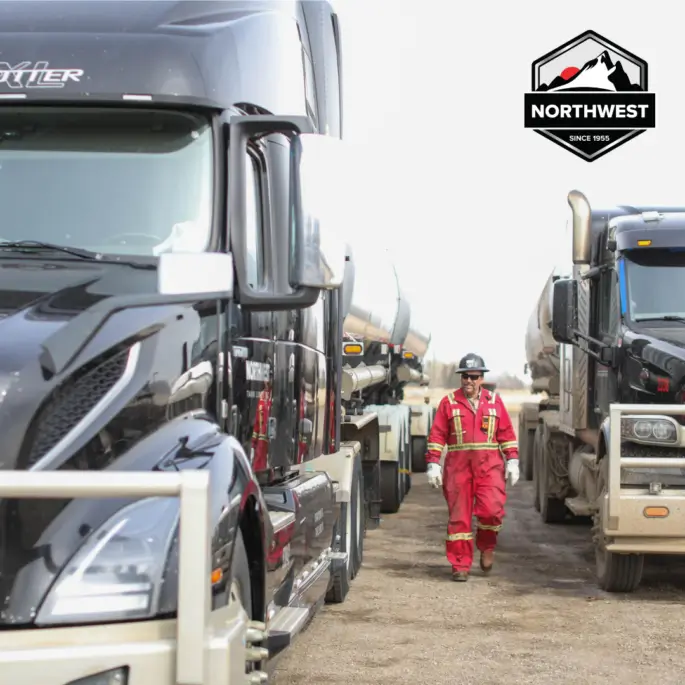As technology advances and the trucking industry continues to evolve, so does its focus on safety. As we move further into 2023, it’s exciting to see how technology and innovation are continuing to revolutionize the trucking industry and improve safety for our drivers and the public. Let’s explore some of the latest advancements in trucking safety and what they mean for the industry and for you as a driver!
Advanced Driver Assistance Systems (ADAS)
ADAS is a crucial part of the trucking industry’s push for greater safety. At Northwest, we have integrated ADAS into our fleet, a technology which utilizes sensors, cameras, adaptive cruise control, lane departure warnings, and critical event alerts, satellite tracking and other advanced technologies to provide drivers with real-time feedback and assistance while on the road. By leveraging data and machine learning algorithms, ADAS systems can detect potential hazards and alert drivers to danger to avoid a collision. These systems have significantly improved safety and reduced accidents among our drivers.
Electronic Logging Devices (ELDs)
Prior to the implementation of ELDs, drivers were required to keep paper logbooks to track their hours of service which was often time-consuming, prone to errors, and could be easily manipulated. ELDs, on the other hand, are electronic devices that automatically record a driver’s hours of service, driving time, and rest breaks. This data is then transmitted to the carrier and can be accessed in real-time, making it easier for carriers to monitor. The implementation of ELDs has helped us to monitor driver hours more effectively and ensure compliance with Hours of Service regulations, leading to reduced driver fatigue and overall improvement in road safety.
Telematics
By leveraging telematics devices in our fleet, we can now monitor vehicle performance data in real-time and identify potential maintenance issues before they become major problems. By using both external and internal cameras, we can also capture footage of incidents and accidents, providing valuable evidence that can be used in investigations and insurance claims. Telematics can also be used to monitor vehicle location and track cargo in real-time, which can help carriers ensure that shipments are delivered on time and reduce the risk of theft or loss.
Driver Training Programs
Driver training programs are a crucial component of improving safety and reducing accidents in the trucking industry. That’s why Northwest has invested heavily in ongoing driver training programs that focus on safe driving practices, defensive driving techniques, and fuel-efficient driving strategies. With ongoing training, drivers can stay up-to-date on the latest safety practices and learn new techniques to help them avoid accidents on the road.
Vehicle Maintenance
We have a comprehensive maintenance program in place to ensure that our trucks are operating at their best performance levels at all times. Our commitment to regular maintenance checks has ensured that our trucks are operating at their best performance levels, reducing the risk of mechanical failures on the road and preventing accidents, injuries, and costly repairs. This proactive approach to regular vehicle maintenance not only helps keep our drivers and the public safe but also helps us maintain our industry-wide reputation as the leader in safety.
The advancements in trucking represent a significant step forward in the industry’s efforts to enhance safety and mitigate risks on the road. As technology continues to improve, so too will the safety of our roads and highways. With these advances, we can look forward to a safer and more efficient trucking industry. If you’re looking to work with the industry leader in safety, apply to drive with Northwest today!

